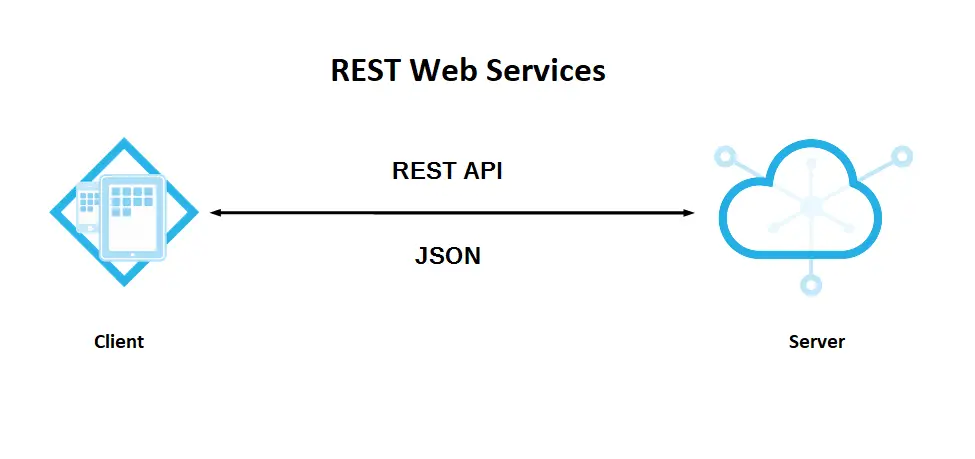The name 'Session' does not exist in the current context
By Tan Lee Published on Jun 13, 2024 2.52K
If you're encountering the error "The name 'Session' does not exist in the current context", it typically means that the necessary services or configurations for session management have not been set up properly.
If you migrate an ASP.NET MVC application to ASP.NET Core MVC.
In ASP.NET MVC, you using some Session variables to store or get values like this
// c# asp core session Session["UserId"] = user.Id; string id = Session["UserId"];
After you convert and get the following error:
The name 'Session' does not exist in the current context
If you're encountering the "The name 'Session' does not exist in the current context" error in ASP.NET Core, it's likely because the Session object is not available in the current scope.
Here are some potential reasons and solutions:
You need to add session middleware in your configuration file by opening your Startup.cs file, within the ConfigureServices method, add the following code to enable session state:
public void ConfigureServices(IServiceCollection services)
{
// Configure session options here
services.AddSession(options => {
options.IdleTimeout = TimeSpan.FromMinutes(30);
});
} Next, In the Configure method of the Startup.cs file, add the following code to enable the session middleware:
// use session asp.net core middleware app.UseSession();
The app.UseSession() call must come before app.UseEndpoints()
In your controllers or views, you can now use session like this.
public class YourController : Controller
{
public IActionResult Index()
{
// set session
HttpContext.Session.SetString("UserId", "foxlearn");
// get session
var userId = HttpContext.Session.GetString("UserId");
return View();
}
}Now you should be able to access the Session object within your controllers.
You should have a reference to Microsoft.AspNetCore.Session package. Ensure that the app.UseSession() call is placed after the app.UseRouting() call in your Configure method in Startup.cs.
By following these steps, you should be able to resolve the "The name 'Session' does not exist in the current context" error and properly configure session management in your ASP.NET Core application.
- Implement security headers for an ASP.NET Core
- How to add security headers to an ASP.NET Core Application
- How to Initialize TagHelpers in ASP.NET Core with Shared Data
- Boost Your ASP.NET Core Website Performance with .NET Profiler
- Implementing Two-Factor Authentication with Google Authenticator in ASP.NET Core
- How to securely reverse-proxy ASP.NET Core
- How to Retrieve Client IP in ASP.NET Core Behind a Reverse Proxy
- Only one parameter per action may be bound from body in ASP.NET Core





